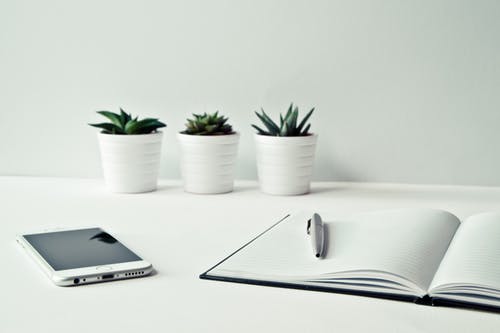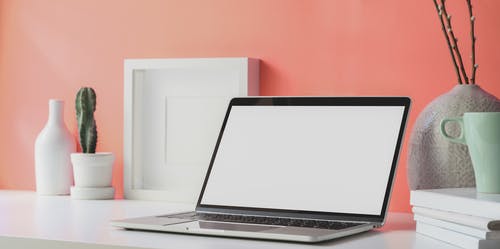Setting Up the Perfect Home Office
Focus on comfort, organization, and integration with your space to cultivate a productive and inspiring home office.

The home office has become one of the most sought-after spaces lately. After all, having a quiet, comfortable, well-lit place suitable for working and learning from home is a huge advantage these days. Most of our time, if not half of it, is spent at work.
By paying attention to comfort, organization, and blending into the existing environment, our home office will become the perfect place to grow, create, learn, and work in the best possible way.
Combining smart planning and design with a focus on maximum comfort will make your Home Office a pleasant place to spend time. Your work hours will yield more productive and high-quality results.
It's crucial to achieve an environment that generates the concentration needed for working from home. Equally important is the design aspect. Decorating the home office and the arrangement and comfort of the furniture create the inspiration and focus you need.
Remember, your home office doesn’t need to be a closed-off room specifically for this purpose. It can be any corner in your home—be it a room or a spot in the living room—and with proper planning and design according to your taste, it becomes the most enjoyable place to be.

Key Considerations for Designing a Home Office
1. Lighting
Light is a key factor for a home office, and natural light is always best. Choose a room with a large window or even a closed balcony, if possible, to keep the space bright and airy.
2. Choosing the Chair
Selecting this item shouldn’t be based solely on design. Choose an adjustable office chair that keeps your spine upright. Ensure your hands rest at elbow height and your head is level with the screen.
Remember! Skimping on this can lead to additional expenses fixing problems that might arise.

3. Choosing the Desk
Choose a desk that allows the mouse and keyboard to be at the same height. The computer's "brain" should be at least an arm's length away. Another tip for the monitor is to keep it below your horizontal line of sight so you don’t have to raise your head too much, saving you physical discomfort.
Designing an Efficient Home Office
Organization is key to making your home office highly functional. A few simple items and tips can help you bring everything into order and still design your space as you imagine it.
1.Files and Folders:
Keep all paperwork in one place, making it easy to find any document quickly. Items like binders and organized folders are crucial to maintaining office order. It’s very important that the location of all folders and binders blends with the chosen design, while also being easily accessible when needed.

2. Miscellaneous Holder:
Various items often find their way onto the desk without a specific place, and when you need them most, they’re nowhere to be found. Subsequently, they get lost.
Therefore, make sure to have small holders at your disposal. This will simplify locating items when needed and contribute to a tidy and organized appearance.
3. Bulletin Board:
Having such a board is highly recommended. It helps you outline your daily schedule without forgetting any tasks. It can elevate the design of your Home Office to another level.
If you’re feeling bold, one of my favorite styles is painting a wall in chalk-compatible paint, adding character to your office.
If your office has a clean look, a simple whiteboard or one for sticky notes works wonderfully.
4. Personal Touch:
Beyond all the functional and personal items, don’t forget pieces that make the office feel like yours. Items giving you good feelings and reminding you during tough times why you work. These could be family photos, mementos from events or special places, artworks, etc.
5. Recommended Colors:
There is no standard rule for choosing office colors. It depends on character, work style, and personal taste. Some prefer bold colors to stimulate creativity, while others lean towards calm and neutral tones to easily maximize concentration.
This is your office—make sure you love it!
My tip: whether you opt for neutral or bold colors, balance out the tones. In the next article, we’ll learn how to use colors effectively.
Tammy Rotenberg is an architect and interior designer. For questions and feedback: office@tammyrotenberg.com

